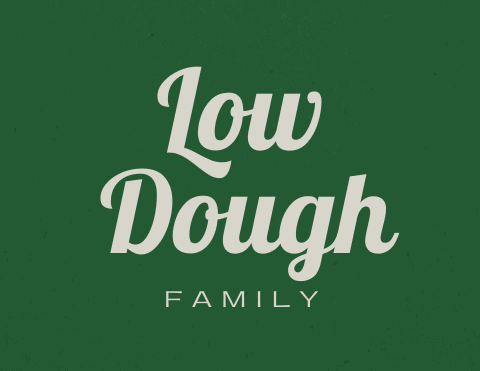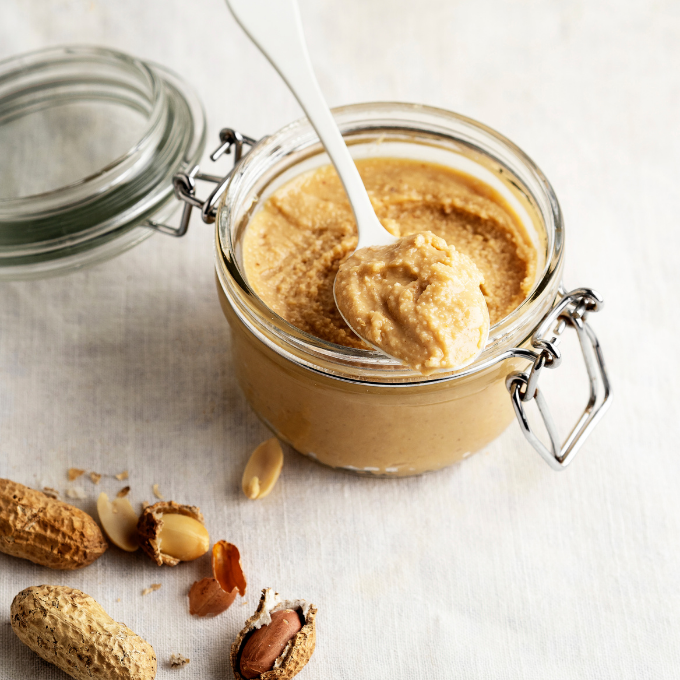Stock Up & Stress Less: The Ultimate Guide to Essential Pantry Staples
Having a well-stocked pantry can be a huge game changer! Not just for making dinner, but for saving money on your grocery budget and for being prepared for when items run out.
Today we will go over the top 5 tips to achieving a prepped pantry and how to decide what to include in yours. Every family’s pantry will be a little different, and that is totally fine.
Please note that nowhere in these tips, do I advise you to buy a ton of clear containers, baskets, and other ways to pretty up your pantry. I would rather you spend that money stocking your pantry than making it Instagram worthy.

These five tips can often be overlooked when getting your pantry set up, but each one can really make or break your pantry working for you.
Most of us only have a limited amount of space, so we need to maximize what we have and make sure that we are getting as many benefits from it as possible.

1. Stable Shelf Life
Whether you have a walk-in pantry, a wall cabinet, or even just a few regular kitchen cabinets; you can achieve a great pantry line-up, but we have to focus on shelf stable foods.
These are foods that typically have a very long shelf life and don’t require refrigeration. The most common examples of this would be items like rice, dry pasta, instant mashed potatoes, and oatmeal.
All these items can easily last 3-5 years or more in your pantry. It is worth noting that the items that I keep in my pantry are whole. Meaning that they have not been opened yet.
Once I open an item from my pantry, I move it to my regular cabinets. This helps me to always use what is already opened first.
I also make sure to add any new items to the back of the shelf, so that I am always using the “oldest” items first.

2. Versatile
One of my favorite chefs is Alton Brown and he famously said the only “single-tasker” in his kitchen is the fire extinguisher. Although I rarely buy items that can only be used for one dish, I don’t want to stock my pantry with single-taskers.
This means I want basic in my pantry that have many uses for lots of different dishes. These items would typically be plain canned vegetables, tomato sauce, beans, and lentils.
All of these items can be mixed and matched with other ingredients to make a ton of different dinners.
Personally, I try to stick with the plainest of plain for these items. So instead of buying flavored canned beans, I will stick with bags of dried beans of unflavored canned beans.
I can always add flavor later, but I want the items in my pantry to be like building blocks. The more basic then the easier it is to use them!

3. Flavor Boosters
Now before you think I have lost my mind by only buying non-flavored items, I do want flavor! I just want to be able to add it myself!
I have an entire shelf in my pantry that is just dedicated to flavor boosters. This includes items like salad dressings, dried spices/herbs, condiments, and my favorite jarred jalapeno slices.
Basically, every condiment or item in my fridge that I use on a regular basis has an unopened friend sitting in pantry. They are just waiting for the open on to be used up so they can go sit in the fridge.
My kids are still young, so they happen to love ketchup on everything. If dinner time came around and there was no ketchup, there may be a meltdown or four.
I don’t want to have those issues, so I keep back-ups ready to use all the time. The amount that I keep on hand will depend on sale cycles and how often we use them.
We typically go through 1 bottle of ketchup every 2 months, so I have the open one in my fridge and 2-3 in my pantry. If I put my last bottle in the fridge, I know I have about 2 months to replenish it!

4. Groups
I do not have a ton of room in my pantry but I have found that by grouping my items into like categories, they are so much easier to find and keep stocked.
So, in my pantry, I have a shelf dedicated to baking that includes dry active yeast, flour, white sugar, brown sugar, corn starch, etc. I also keep a few baking mixes that I have found at a great price as well as items like chocolate chips, raisins, and dried fruit.
Whenever I am in the mood to bake, I know exactly where these items are and it is very easy to notice if some items are getting low.
I also have a shelf dedicated to all my side dish items like rice, instant mashed, potatoes, couscous, etc. There is another shelf that is dedicated to all thing that are proteins like canned tuna, canned chili, vienna sausages, Spam, and more.
When I need a side dish or a protein, it is super easy to just go to that section and pick what I want. I don’t have to move a ton of cans just to find that ones that I need.
Even though it is tempting to group items by similar size, I noticed that this makes me misplace items or just overlook them.
Make sure whatever groupings that you do, are actually helpful and not just aesthetically pleasing.

5. Regular Use
The items that are in my designated pantry area are all items that we use regularly. That is because I want my pantry to be strategic. It is my own little grocery store aisle at home, that keeps me from running out of the items we use all the time!
Now that is not to say that we don’t buy random one off purchases to try new things. We regularly try out new products when they are priced at a great deal.
If it is an item we have never used before, we typically we only buy one and try it out right away. If we like it, we will grab a few and start using it in upcoming meal plans.
If we ended up not liking the item, then we only bought one so it was no big deal. I have purchased many items in the past because they were a good price and thought that we would love it. And then we didn’t!
Those items just took up tons of precious space, so we put a focus on only stocking up on items that we use regularly and that we have already tried.

Pantry Tracker Sheets
I have mentioned a few times tracking what is in my pantry, so I decided to share with you some free tracking sheets. These are printable PDFs that you can fill out and have on hand.
These are super helpful to know what you have on hand for meal planning, and also what you need to keep an eye out for to stock up on.
I have included an colum for “Use First?” and this spot is a place to mark when you know an item is going to be past it’s prime soon. Maybe it has been sitting there for a while and you want to go ahead and use it up.
When meal planning, I regularly look at this column so I make sure to include these items that I know I want to finish up!
The last page is actually my favorite page. This is where I keep track of items that I want to replenish in my pantry. I will write a price amount that I am willing to pay and then I will start keeping an eye out for deals.
I know that I typically only want to spend $1.50 or less on salad dressing, so if I need salad dressing soon, I will start watching sales. I may only purchase only 1 item if the price is over my goal price.
Whereas if I find a deal that is less than my preferred price, I may stock up with enough to last the next 3-6 months.
This helps me always have a well stocked pantry and helps me save money by not paying the highest possible price. The majority of the items in my pantry are all items found on sale so that has saved me a ton.

A Well Stocked Pantry
Being strategic about your pantry can be a huge gam changer. Not only will this affect your grocery budget, but it will also keep you from running out of essentials.
By keeping items that I know my family uses regularly in stock, I am able to purchase them when their prices are very low. If I just bought them whenever we ran out, I could pay a very high price tag that could bust my grocery budget every week.
Once you layout your pantry in an organized manner and keep track of it with an inventory, you will see that it is pretty easy to maintain.
If you are just starting out, you may want to start with a wish-list of items, and then dedicate $5-10 a week to stocking up.
The trick is to only buy items for the pantry when the price is low. If you go stock your pantry all in one weekend and pay whatever the going prices are, you may have a lot of food items, but you probably didn’t save any money.



